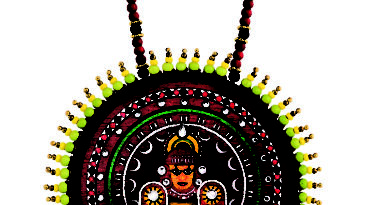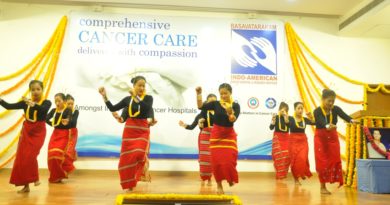Do Varicose Veins run in your family?
By Dr. Ashish D. Dhadas, Varicose Veins expert, Samata Hospital, Dombivli, Mumbai
You have eyes, dimples like your father and skin colour, and varicose veins like your mother. Yes, you read it right! Those ugly looking veins on your legs can run in your family and may give you a tough time by causing various symptoms. Here, we brief you about the causes and treatment of varicose veins. Read on to know more about it.
Can my Varicose Veins be hereditary?
Yes, varicose veins have a hereditary factor. If you have anyone parent with varicose veins, there is a 80 % chance that you might get them too. Infact, in few cases the trait is seen to be present even in grandparents and paternal relatives (brother/sister of your parents).
What are the Causes?
Varicose veins occur when valves in the leg veins do not function properly. As blood flows through a vein, the cup-like valves open to allow blood through, and then close to prevent backflow. When these valves fail, blood begins to collect in the veins rather than continuing towards your heart. Instead of flowing from one valve to the next, the blood continues to pool in the vein, increasing venous pressure and the likelihood of congestion while causing the vein to enlarge. The superficial veins of the leg have less muscle support than deep veins; hence, they are more likely to become varicosed.
Any condition that puts excessive pressure on the legs or abdomen can lead to varicose veins. A previous leg injury may cause deep venous thrombosis which in turn can damage the valves resulting in varicosities. Contrary to popular belief, sitting with crossed legs will not cause varicose veins, although it can aggravate an existing condition.
How can I treat my Varicose Veins?
Contrary to popular belief, oral medications and topical oils/creams do not cure varicose veins. Infact, in many cases precious time and money is spent on these and yet the varicose veins progress to cause complications such as bleeding and ulcers on leg.
Every patient of varicose veins is different and each has findings that require specific treatment for relief of symptoms and correction of vein problems. A single treatment or a combination of the minimally invasive approaches may be necessary. This is decided after Venous Colour Doppler (ultrasonography of veins) – a gold standard in the diagnosis of varicose veins.
Varicose veins are traditionally treated by Trendelenburg operation which involves ‘stripping’ of the vein with or without perforator ligation depending on the pathology. The traditional method of surgical treatment is now being fast replaced by Laser treatment of varicose veins. Laser treatment is more effective, painless, scarless and helps patients to resume work in 48 – 72 hours. 1470 nm diode laser is used worldwide for Endovenous Laser Treatment (EVLT) of Varicose Veins. Venous Colour Doppler (ultrasonography of the leg veins) is the gold standard to evaluate varicose veins and is mandatory before EVLT.
EVLT can be done both under local anaesthesia and regional anaesthesia or sedation. The type of anaesthesia used depends on the phlebologist, disease severity (varicose veins) of the patient and patient’s choice.
After the EVLT is done the patient is required to wear class 2 graduated compression stockings for 4 months. The stockings are to be worn in the morning. They are to be removed at night time while going to bed. The usage of stockings helps in better and optimal closure of the lasered vein. Apart from this, the patient can go about his routine work after 48 to 72 hours. It is recommended that the patient walks for 30 minutes daily after the laser procedure.
In patients below the age of 60 years and especially if they are leading an active lifestyle, it is better they continue usage of class 1 or class 2 stockings. The reason being – varicose veins is a progressive disease of valve degeneration. The faulty vein is treated by laser but other superficial veins are prone to varicosities. Usage of stockings will help the calf muscle pump to perform better thereby preventing/delaying the progression of the disease in other veins.
What to keep in mind?
- DOexercise regularly, focusing on fitness routines that strengthen your legs and improve circulation. Running, power walking or dancing are great choices.
- DO opt for lower-heeled shoes to help tone your calf muscles and keep blood moving through your veins.
- DO wear sunscreen to protect your skin from the sun damage that can spread varicose veins, particularly on the face.
- DO wear graduated support stockings or socks sold at pharmacies. Unlike regular knee-high nylons, socks or girdles that block the movement of blood up the leg, these specially designed stockings and socks apply a gentle, graduated pressure to the leg from the foot upward. This helps decrease the expansion of the vein wall and improves circulation.
- DO choose low-salt, high-fiber foods and snacks like whole grains and fresh fruits and vegetables. The added fiber will help reduce constipation that can cause varicose veins, and eating less salt can help keep varicose vein swelling at bay.
Takeaway: Don’tsit or stand for long periods without a break. If you must stand for too long, shift your weight from one leg to another every few minutes. And if you sit at a desk or work table for most of your workday, stand up and move around or take a quick, brisk walk every half hour.




